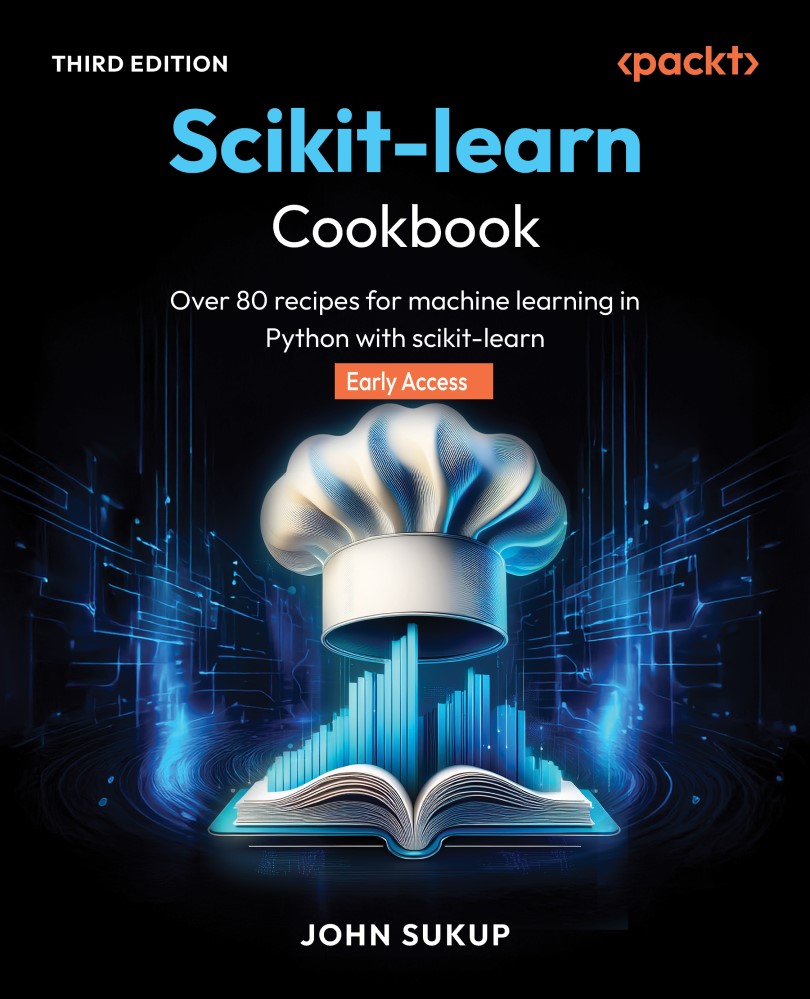Introduction to Decision Trees
Decision trees are powerful and, compared to other ML techniques, intuitive models used for classification and regression tasks. They work by recursively splitting data based on feature values, creating a tree-like structure composed of nodes and branches. Each internal node represents a decision based on a feature, while leaf nodes represent the predicted outcome. Decision trees are popular due to their interpretability and effectiveness in handling both numerical and categorical data. Even though they are relatively easy to understand, they are still powerful and can often outperform more complex models, so don’t dismiss them from your ML arsenal! To get started, let’s get comfortable with the base implementation of scikit-learn’s decision trees using default values.
Getting ready
First, we need to prepare our environment and dataset.
Load the libraries:
import numpy as np import pandas as pd from sklearn.datasets import load_iris...

































































